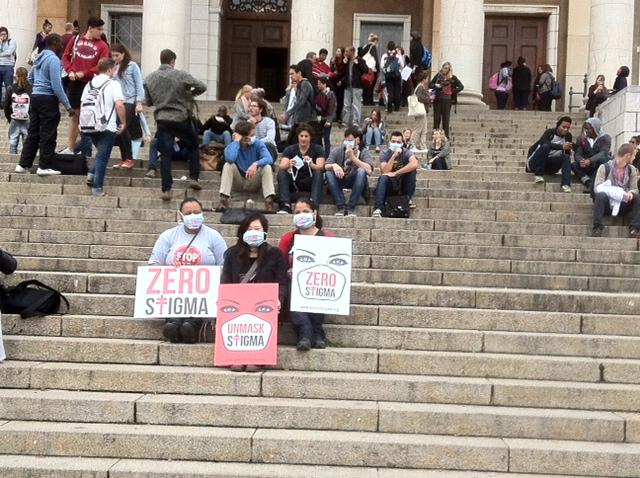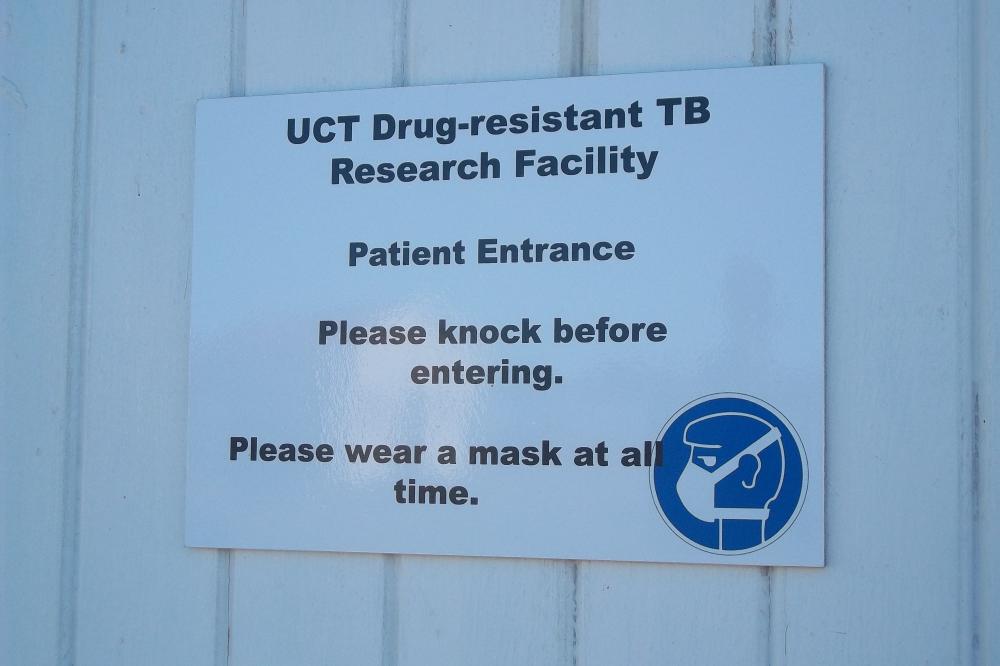
RETURN OF THE WHITE PLAGUE
Pulitzer Center grantee Meera Senthilingam, writing for CNN Healthand Cosmos, notes that tuberculosis has long been known as a disease of poverty. "Dense housing, shared living space, poor ventilation, poor nutrition and poor healthcare systems are the prime conditions for the infection to spread, and thrive. This ancient disease was known as the 'White Plague' in 18th century Europe and still kills more than one million people a year globally."
These days, South Africa has been particularly hard hit by a resurgence of the disease, including a deadly new strain known as extensively drug-resistant tuberculosis (XDR-TB) that is resistant to the four main groups of drugs used to treat it.
"We treat half a million cases a year and today, the epidemic has taken a turn with drug resistance," Keertan Dheda, professor of medicine at the University of Cape Town, tells Meera. "We treat 8,000 cases of resistance a year and now a chunk of those have developed resistance beyond XDR-TB -- incurable TB."
UNDETECTED IN VIETNAM
In Vietnam, another country facing a tuberculosis epidemic, the disease now claims 18,000 lives a year. About half of Vietnam's TB cases go undetected, contributing to its rapid spread.
Pulitzer Center grantees David Rochkind and Jens Erik Gould, in a report for Al Jazeera America, find that most of the TB cases in Vietnam are easily treatable and survivable if caught in time, but that funding for TB awareness programs and treatment centers is scarce.
INDIA'S PRIVATE SECTOR HEALTHCARE
After the world's largest democracy went to the polls last month, Narendra Modi emerged as India's new prime minister. In his former post as Gujarat state's chief minister, the business-friendly Modi was celebrated for leading an economic surge built around innovative public-private partnerships.
But Pulitzer Center grantee Michael Edison Hayden, who recently reported on the mixed results of Modi's public health insurance program in Gujarat for The New York Times India Ink blog, says that while private insurers almost always profit from these partnerships, ordinary citizens often get shortchanged on care.
"The majority of doctors I spoke to trashed the plans, saying that they relegate poor patients to the same problematic government hospitals they always used before," writes Michael in a story for Ozy. "The difference, they said, was now private insurance companies were seeing a rise in revenue from state-related losses, as state hospitals fell deeper and deeper into debt."




